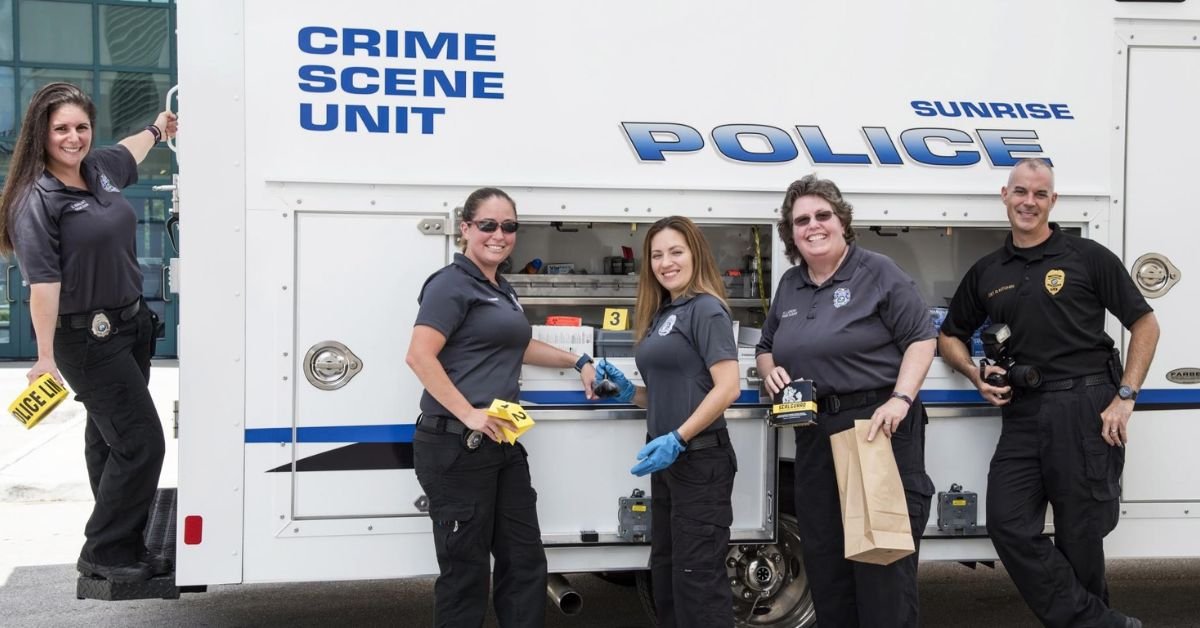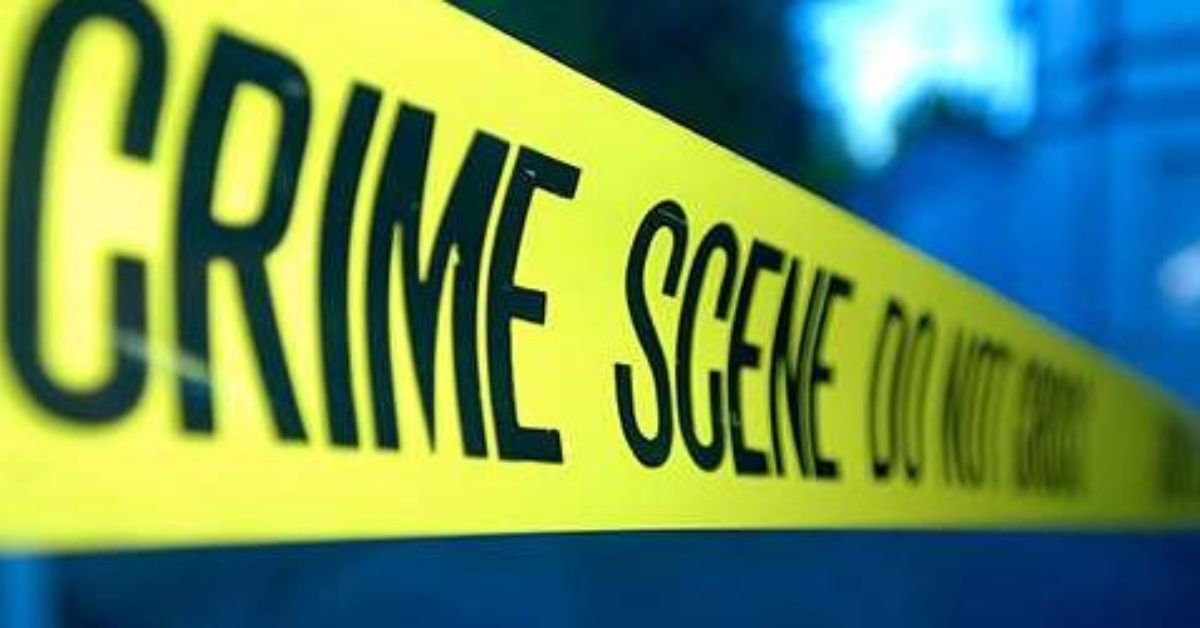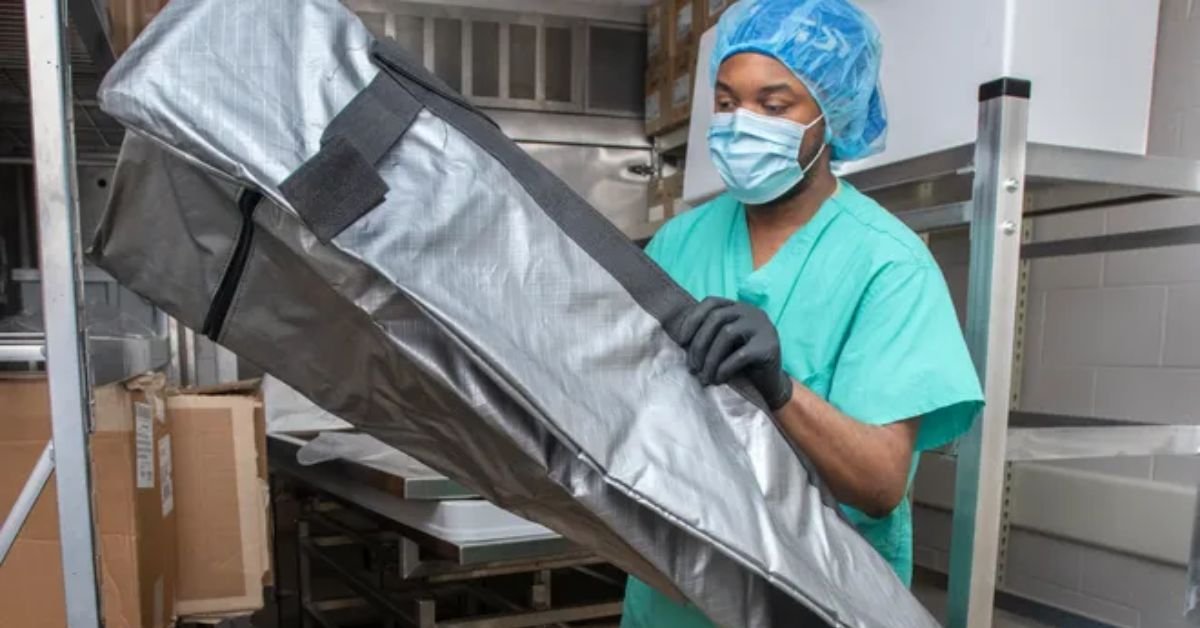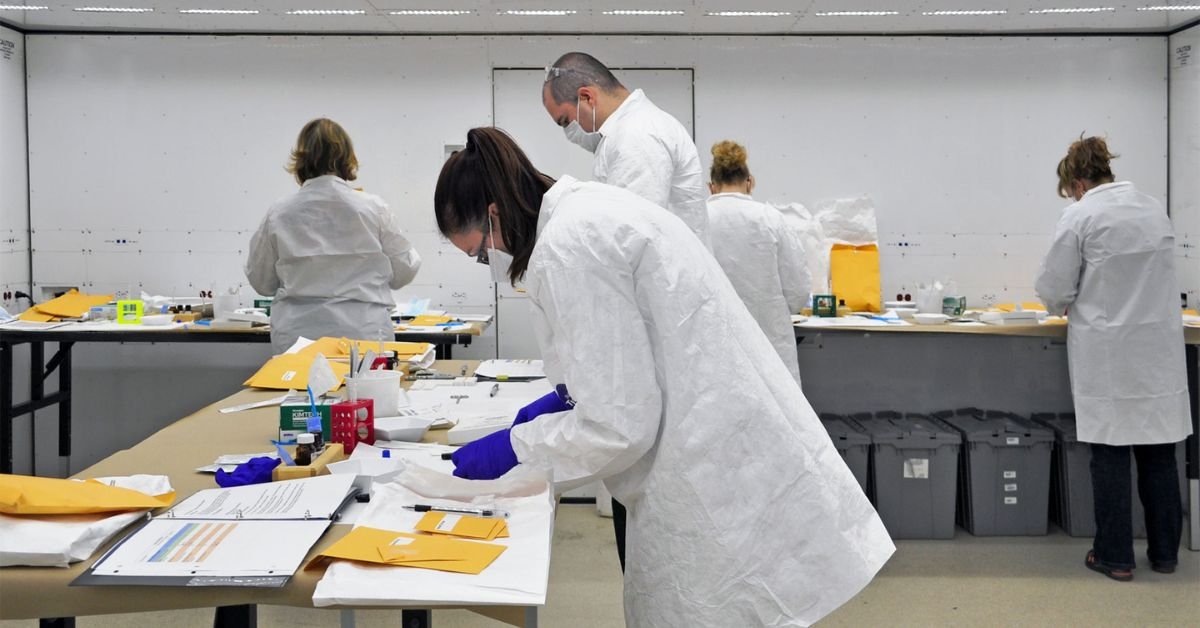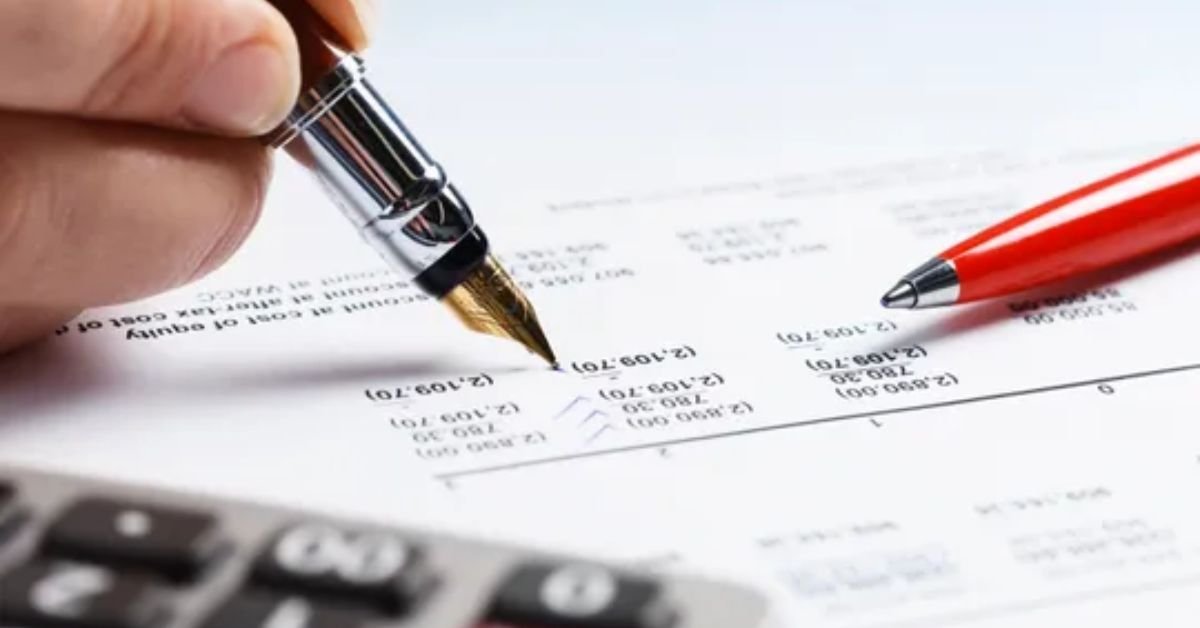The Medical Examiner (ME) system in Florida plays a vital role in the state’s forensic and legal infrastructure, ensuring the thorough investigation of deaths under various circumstances, including homicides, suicides, accidents, and unexplained deaths. These investigations are critical for the accurate determination of the cause and manner of death, which can have significant implications for legal proceedings and public health.
Florida’s Medical Examiner offices are organized into a structured framework that enables the efficient handling of death investigations. This article provides a professional overview of the organizational structure of the Medical Examiner’s offices in Florida, detailing the key roles, responsibilities, and collaboration among various agencies to maintain the integrity of death scene investigations.
Overview of the Medical Examiner System in Florida
Florida operates under a statewide Medical Examiner system, where each of the 67 counties is assigned to one of the state’s 11 designated medical examiner districts. These districts are overseen by the Florida Medical Examiners Commission (FMEC), which sets the standards for the operations, procedures, and quality of death investigations across the state.
Each district’s Medical Examiner’s Office is responsible for investigating deaths within its jurisdiction, including cases where the cause of death is suspicious or when required by law, such as homicides, suicides, and accidental deaths. The structure within these offices is designed to support the thorough and scientific investigation of these cases, from the initial response to the final report.
Organizational Structure of Florida’s Medical Examiner Offices
The organizational structure of Florida’s Medical Examiner offices consists of several key personnel and departments, each with specific roles and responsibilities. The following is an outline of the main positions and their functions within the office:
1. Chief Medical Examiner
The Chief Medical Examiner (CME) is the senior-most position within the office, responsible for overseeing all aspects of death investigations. The Chief Medical Examiner ensures that the office complies with state regulations, standards, and best practices. Additionally, the CME manages staff, budgets, and resources to ensure the office operates efficiently and effectively.
Key Responsibilities:
- Supervising all medical examiners and forensic staff.
- Ensuring adherence to procedural standards and guidelines as set by the FMEC and other regulatory bodies.
- Overseeing the investigation and autopsy processes.
- Serving as an expert witness in court, providing testimony on cases under investigation.
- Managing relationships with law enforcement, attorneys, and other government agencies.
2. Forensic Pathologists
Forensic pathologists, sometimes referred to as medical examiners, are the primary medical professionals responsible for investigating the cause and manner of death. Forensic pathologists conduct autopsies, analyze physical evidence, and interpret medical records to provide a scientifically grounded explanation for the death. In Florida, these professionals must be board-certified in forensic pathology to practice within the state.
Key Responsibilities:
- Performing autopsies to determine the cause and manner of death.
- Analyzing blood, tissue, and other biological samples for toxicology testing and other forensic analysis.
- Preparing detailed autopsy reports documenting findings and conclusions.
- Collaborating with law enforcement officers and investigators to gather case-related information.
- Providing expert testimony in court to explain autopsy findings and opinions regarding the cause and manner of death.
3. Assistant Medical Examiners
Assistant Medical Examiners (AMEs) are typically junior forensic pathologists who assist the Chief Medical Examiner in conducting autopsies and reviewing cases. AMEs may be involved in routine investigations or assist with more complex cases. As they gain experience and expertise, AMEs can move into more senior roles within the office.
Key Responsibilities:
- Assisting with conducting autopsies and preparing reports.
- Reviewing medical records and forensic evidence.
- Handling less complex cases independently under supervision.
- Preparing initial reports and conclusions for review by senior pathologists.
4. Forensic Investigators
Forensic investigators are essential members of the Medical Examiner’s team, responsible for responding to death scenes and assisting in the documentation and collection of evidence. These professionals work in close coordination with law enforcement officers to ensure that all physical evidence is preserved and properly handled.
Key Responsibilities:
- Responding to death scenes, securing the area, and collecting physical evidence.
- Documenting the condition of the scene, the position of the body, and any visible evidence.
- Collecting biological samples (blood, hair, etc.), weapons, and personal items for forensic analysis.
- Maintaining the chain of custody for all evidence collected.
- Preparing detailed reports on evidence collection and scene processing.
5. Forensic Toxicologists and Laboratory Technicians
Forensic toxicologists and laboratory technicians play a pivotal role in the analysis of biological samples, including blood, urine, and tissue, to detect substances such as drugs, alcohol, poisons, or toxins that may have contributed to the death. These analyses are often critical in cases of suspected overdose, poisoning, or death from drug-related causes.
Key Responsibilities:
- Analyzing biological samples for the presence of drugs, alcohol, or other toxic substances.
- Collaborating with forensic pathologists to interpret toxicology findings and incorporate them into autopsy reports.
- Ensuring that laboratory processes meet legal and scientific standards for accuracy and reliability.
- Reporting findings and assisting in expert testimony regarding the analysis of toxic substances.
6. Support Staff
The support staff in the Medical Examiner’s Office plays an essential role in maintaining the office’s operations. These positions include administrative assistants, clerks, and record-keeping personnel who manage case files, schedules, and communications with other agencies.
Key Responsibilities:
- Managing case records, autopsy reports, and evidence documentation.
- Assisting in the coordination of meetings and appointments for forensic staff.
- Handling communications between the Medical Examiner’s Office, law enforcement, attorneys, and family members.
- Ensuring compliance with legal requirements for evidence documentation and record retention.
Collaboration with Other Agencies
The Florida Medical Examiner’s Office does not operate in isolation. It regularly collaborates with a range of other agencies to ensure that death investigations are thorough and that evidence is processed efficiently. Key collaborators include:
- Law Enforcement Agencies: Local police departments, sheriff’s offices, and the Florida Department of Law Enforcement (FDLE) collaborate closely with medical examiners to secure crime scenes, collect evidence, and investigate potential criminal activity.
- District Attorneys and Prosecutors: Prosecutors rely on the findings of the Medical Examiner’s Office to build cases for criminal trials, and forensic pathologists may be called to testify as expert witnesses.
- Florida Department of Health: The FMEC, part of the Florida Department of Health, oversees the Medical Examiner offices in Florida, ensuring that they meet the standards required for legal investigations.
Conclusion
The Medical Examiner system in Florida is organized to ensure that all death investigations are conducted in a thorough, transparent, and legally compliant manner. From forensic pathologists and medical examiners to toxicologists, investigators, and support staff, each member of the Medical Examiner’s Office plays a crucial role in ensuring justice. By maintaining a structured approach and collaborating with other key agencies, Florida’s Medical Examiner offices help to ensure that the truth is uncovered in cases of unexplained deaths, supporting both criminal investigations and public health initiatives.
References
- Florida Medical Examiners Commission (FMEC) – Medical Examiner Protocols: https://www.floridahealth.gov
- Florida Department of Law Enforcement (FDLE) – Forensic Services: https://www.fdle.state.fl.us
- Florida Statutes – Medical Examiner Structure and Operations: https://www.leg.state.fl.us

